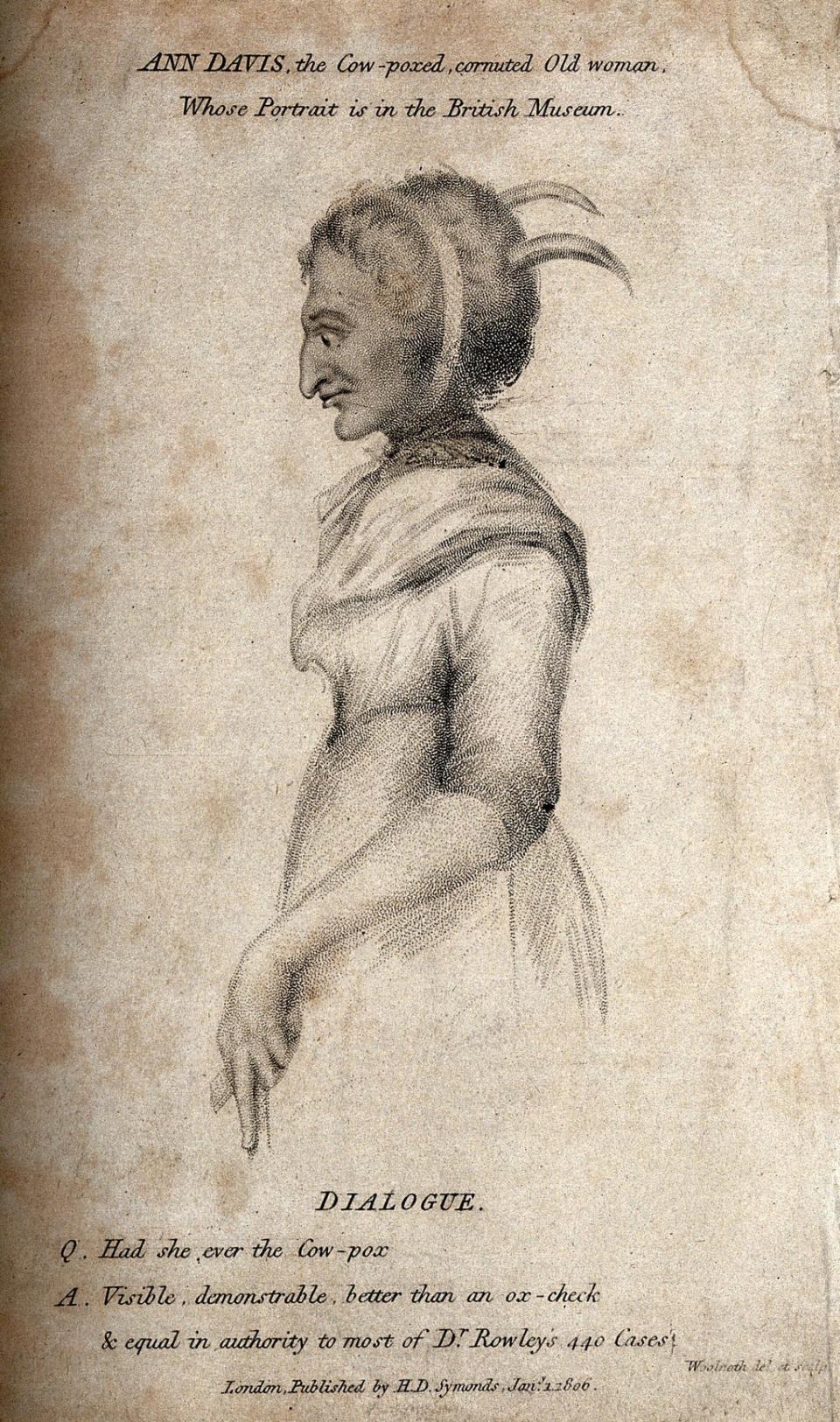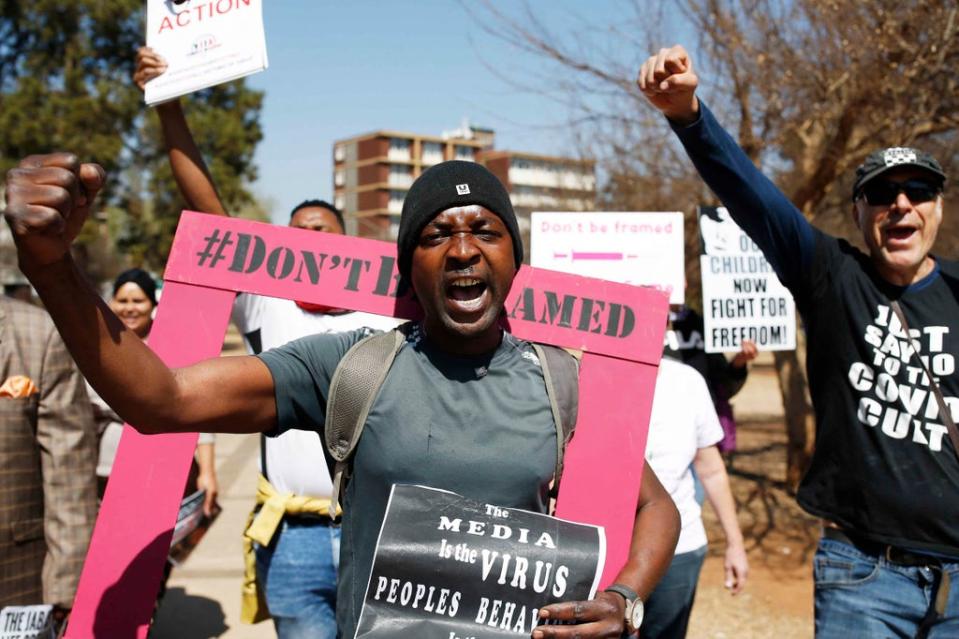Anti-vaxxers: What does history teach us about vaccine hesitancy?

Covid-19 vaccines come in various brands and doses, as do the range of accusations against vaccinations, causing resistance to the trialled and tested jabs.
What is the most effective way of overcoming negative perceptions of vaccines? The answer is perhaps articulated best by the pioneer of the jab, Edward Jenner, who, when faced with the anti-vax movement of the late 1700s, fought fear with knowledge.
Jenner’s ground-breaking discovery began in the milking parlour, where he observed that milkmaids who contracted cowpox blisters gained immunity to smallpox. Through careful clinical trials he tested small doses of fluid from a cowpox blister, followed by live smallpox, finding success in the inoculation.
Thus the smallpox vaccine was born – gaining acceptance in Western medical practice in the 18th century. The process, although relatively new to the region, was already common practice in places like India, China, the Ottoman Empire and Africa.
But the vaccine was met with criticism from a loud minority, who were fearful of side-effects. His jab predated the mainstream understanding of the germ theory of disease in the West – the process by which diseases are transmitted through microorganisms too small for the eye to see.

Jenner was no stranger to these anti-vaxxers – and referred to them in his notes: “The Anti-Vacks are assailing me . . . with all the force they can muster in the newspapers.”
Dr William Rowley, a peer who actively opposed Jenner, wrote a series of pamphlets outlining some real side-effects, such as the swollen, “bovine” face of a young boy, and some sensationalised illustrations, like that of a woman who apparently sprouted horns after being inoculated.

How, then, did he choose to respond? His friend W J Joyce, watching Jenner’s bedside manner, recalls: “The Doctor very well understands the art of dealing with their prejudices and it gave me great pleasure to observe the gentle and effectual manner with which he endeavoured to soothe their mind.”
In the current febrile climate surrounding the Covid-19 vaccine, experts at the Vaccine Confidence Project (VCP) at London’s School of Hygiene and Tropical Medicine say the same approach is needed: “We need to get out to communities and hear their concerns and spend time addressing their concerns. We need to listen as much as send messages,” says Heidi Larson, VCP’s Director.
But rather than pamphlets, today’s anti-vaxxers have free rein on the internet to amplify their voices. “A rumour can explode in one day and become viral. The medium of social media can have a mimic effect across great distances which creates a shock impact and reduces confidence,” says Larson.
Anti-vaxxers are often vilified, with terms like “anti-faxxer” used to describe people who don’t believe in Covid-related scientific facts, including vaccine efficacy and the use of masks and social distancing to slow the spread of the virus. But not all fears are baseless.

Abbottabad, Pakistan was the site of an infamous fake Hepatitis B vaccination program for children run by the CIA in the early 2010s, to cover up the U.S. intelligence agency’s collection of DNA evidence to trace the whereabouts of Osama bin Laden at his suspected hideout.
Once uncovered, the uproar of anti-vax sentiment was seized on by the Taliban and other extremists who blocked vaccination teams, ran campaigns against vaccinations in children and issued religious rulings on vaccine-related programmes.
In the following years, vaccine uptake fell by almost two-fifths in areas with strong support for extremist political parties, according to research into the events.
The lead author of the study, Monica Martinez-Bravo, told the New Scientist how her research concluded that “information discrediting vaccination campaigns can negatively affect trust in health services and demand for immunization.”
Suspicion still lingers in the region that vaccines are linked to Western espionage, despite the longstanding history of inoculations in South Asia.

Rumours of vaccines being used to sterilise young girls were also spread by the Pakistani Taliban. Martinez-Bravo’s study says that this is likely the cause of the larger decrease in vaccine uptake by girls – around three percentage points greater than boys.
The same fears are playing out in the context of the vaccines against Covid-19, with discredited theories that the vaccines cause infertility or are unsafe for pregnant women widely shared on social media.
The CIA ruse caused lingering scepticism over all immunisation programmes in Pakistan impacting uptake of polio and measles inoculations for years.
Similarly, in Nigeria, a 1996 trial of an anti-meningitis drug by the pharmaceutical firm Pfizer led to the deaths of 11 children, fuelling vaccine scepticism and distrust in the health institutions in charge of vaccination – not helped by the same name being behind one of the major Covid-19 vaccines.
“There is no silver bullet” to counter such mistrust but we must listen to people’s concerns and frustrations, rather than engaging in polarised debates, says Pauline Paterson of the Health Protection Research Unit in vaccines and immunisation at VCP.
She adds: “Clear communication and engagement from trusted public health officials, health care workers and community leaders is key, with communication being timely, transparent and also internationally consistent to maintain and build trust.”
A spokesperson from Dr Jenner’s House, former home-turned-museum of the eminent doctor, muses on the example of empathy he left behind.: “We’re sure that Jenner would be so encouraged to see trusted voices around the world still making the time and space for these honest and hopeful conversations about vaccination.
“People do ask questions, and how we choose to respond can make such a difference.”

 Yahoo News
Yahoo News 